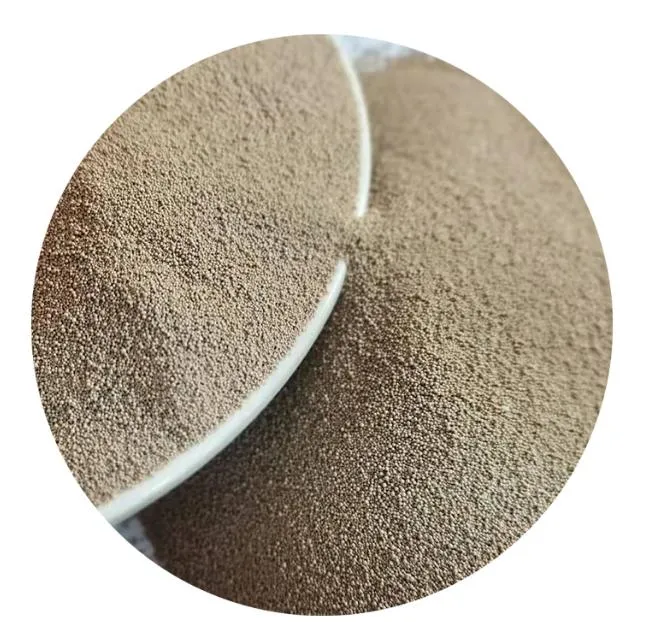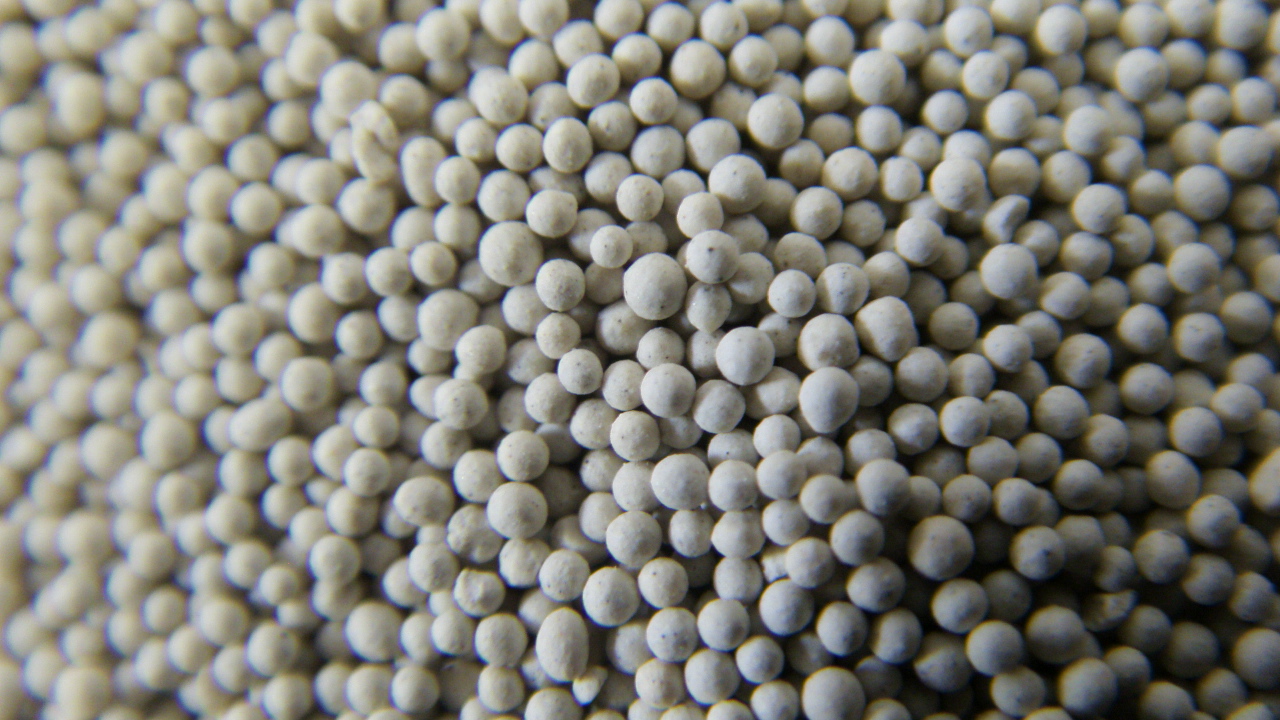

Energy consumption is another important cost factor in sand casting. The high temperatures required to melt metal demand substantial energy, whether from electricity, gas, or another source. Energy-efficient furnaces and careful sourcing of energy can contribute to lowering these costs. Moreover, optimizing the casting process to minimize rejects and remelts can further help in reducing energy expenses. Post-casting processes such as cleaning, finishing, and inspection also add to the cost. These steps are crucial for ensuring that the final product meets quality standards and specifications. Investing in modern technologies like CNC machines for finishing can result in cost savings through reduced manual labor and increased precision, which may otherwise elevate costs due to high rejection rates. Finally, overhead costs, including maintenance, equipment depreciation, and administrative expenses, should not be overlooked. Efficient resource management and routine maintenance schedules are imperative for preventing unexpected expenses. Companies should plan for long-term equipment replacement and updating to maintain cost efficiency over time. In conclusion, while sand casting remains a cost-effective solution for manufacturing large and complex metal parts, understanding each aspect of the process is essential to managing costs effectively. By optimizing mold-making, carefully selecting materials, controlling labor and energy expenses, and investing in quality control, businesses can achieve a competitive advantage. It's important for companies to work with experienced professionals to ensure that their manufacturing processes are not only cost-efficient but also produce high-quality products that meet market demands. Post time:Úno . 15, 2025 04:04
Next:how long does sand casting take
